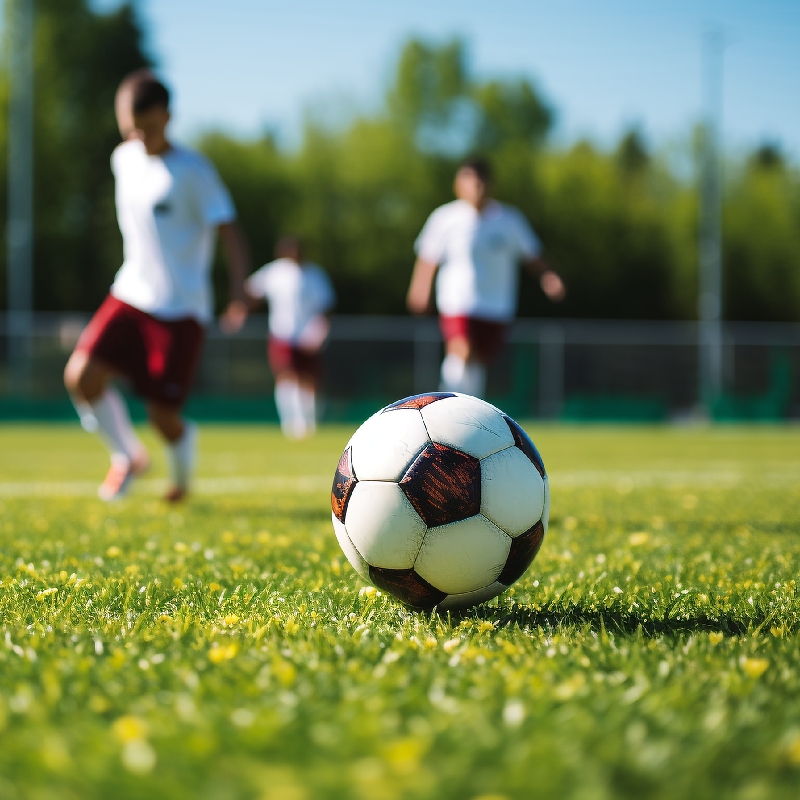
- Afrikaans
- Arabic
- Belarusian
- Bengali
- Czech
- Danish
- Dutch
- English
- Esperanto
- Estonian
- Finnish
- French
- German
- Greek
- Hindi
- Hungarian
- Icelandic
- Indonesian
- irish
- Italian
- Japanese
- kazakh
- Rwandese
- Korean
- Kyrgyz
- Lao
- Latin
- Latvian
- Malay
- Mongolian
- Myanmar
- Norwegian
- Persian
- Polish
- Portuguese
- Romanian
- Russian
- Serbian
- Spanish
- Swedish
- Tagalog
- Tajik
- Thai
- Turkish
- Turkmen
- Ukrainian
- Urdu
- Uighur
- Uzbek
- Vietnamese
Cost Breakdown for Installing an Artificial Turf Soccer Field
Nov . 10, 2024 07:40 Back to list
The Cost of Installing an Artificial Turf Soccer Field
As soccer continues to gain popularity across the globe, many organizations, schools, and communities are increasingly looking to artificial turf to provide a reliable, all-weather playing surface. While natural grass fields require extensive maintenance, artificial turf offers durability, reduced upkeep costs, and the ability to host games and practices in nearly any weather condition. However, the decision to install an artificial turf soccer field comes with a price tag that can vary significantly based on several factors. This article will explore the costs associated with artificial turf soccer fields, including materials, installation, and ongoing maintenance.
Initial Installation Costs
The first and most significant expense is the initial installation of the artificial turf. On average, the cost of installing artificial turf can range from $5 to $20 per square foot, based on the quality of the turf and the complexity of the installation process. To put this into perspective, a standard soccer field is roughly 70,000 square feet in size, translating to a cost range of approximately $350,000 to $1.4 million for the initial installation.
Factors influencing the installation costs include
1. Type of Turf There are various types of artificial turf, ranging from basic options designed for recreational use to advanced systems meant for professional sports leagues. Premium turfs with advanced technology that enhance player safety and performance will be more expensive.
2. Base Preparation Proper site preparation is crucial for ensuring the durability and performance of the turf. If the existing ground needs significant grading, drainage improvements, or removal of the natural grass, the costs can increase substantially.
3. Infill Materials Infill is the material placed between the blades of grass in artificial turf, providing stability and cushioning. Various options, such as rubber, sand, or organic materials, come with different costs.
4. Additional Features Adding features such as goalposts, perimeter fencing, and lighting systems also increases the overall costs. Communities or institutions need to consider these elements in their budget planning.
Ongoing Maintenance Costs
artificial turf soccer field cost

Despite the reduced maintenance associated with artificial turf compared to natural grass, some ongoing costs remain. These include
1. Cleaning Regular cleaning is essential to maintain the appearance and safety of the turf. Dust, debris, and organic matter can accumulate, requiring periodic cleaning with specialized equipment. This may cost anywhere from $1,000 to $5,000 annually, depending on the size of the field and frequency of cleaning.
2. Repair and Replacement While artificial turf can last between 10 to 15 years, wear and tear, especially in high-traffic areas, can necessitate repairs or even partial replacement of the turf. Annual budgets should include funds for maintenance and repairs, which can average between $5,000 and $20,000 per year.
3. Infill Replacement Over time, infill materials can degrade or be displaced due to usage. Depending on the type of infill used, an organization may need to replenish these materials every few years, costing anywhere from $2,000 to $10,000.
4. Equipment Costs Investing in specialized maintenance equipment, such as sweepers or groomers, may be required, adding to the costs of upkeep.
Return on Investment (ROI)
While the initial investment in an artificial turf soccer field can seem high, it is essential to consider the long-term benefits. Artificial turf allows for increased playtime since it can withstand heavy usage and adverse weather. Moreover, it reduces the need for irrigation, mowing, and fertilization, leading to savings in water and maintenance costs.
Schools and organizations may also attract more events, boosting community engagement and revenue through rentals. Thus, the ROI can be substantial when calculated over the lifetime of the field.
Conclusion
In summary, the cost of installing and maintaining an artificial turf soccer field is influenced by a variety of factors, including the type of turf, site preparation, and ongoing maintenance. While the initial costs can be significant, the long-term benefits and potential savings make artificial turf an increasingly appealing option for soccer facilities. As more organizations prioritize the development of consistent and reliable play spaces, understanding these financial implications will be crucial for making informed decisions.
-
The Benefits of Artificial Turf for Indoors
NewsJul.15,2025
-
How Artificial Grass Suppliers Ensure Quality Products
NewsJul.15,2025
-
Artificial Grass and Pets: A Space for Relaxation
NewsJul.08,2025
-
Balcony & Outdoor Decoration with Artificial Grass
NewsJul.08,2025
-
Best Indoor Artificial Grass for Home
NewsJul.07,2025
-
Best Pet Turf for Dogs: Safe & Durable Artificial Grass Options
NewsJul.07,2025
Products categories









